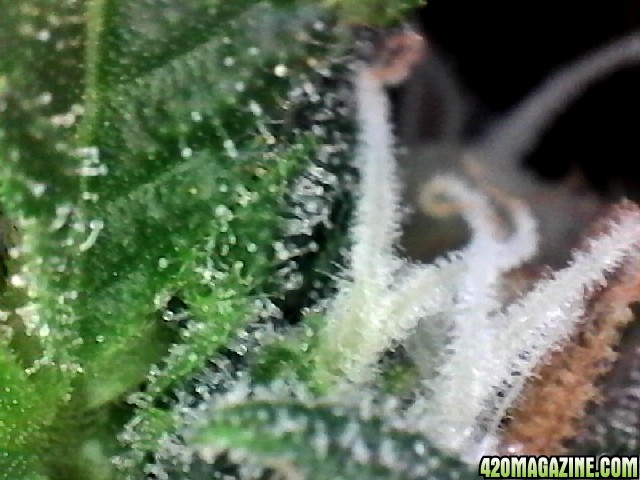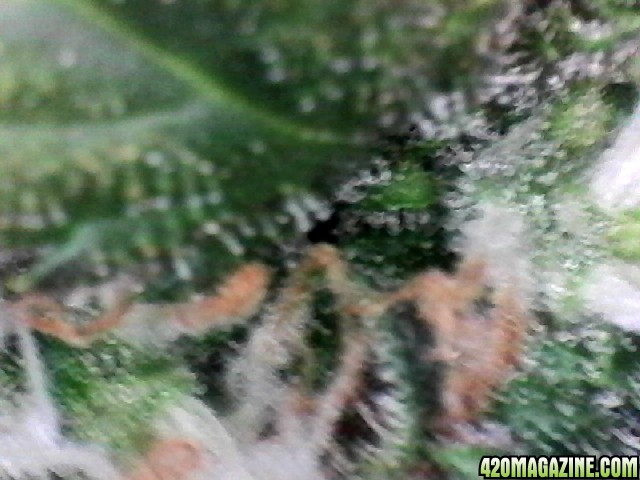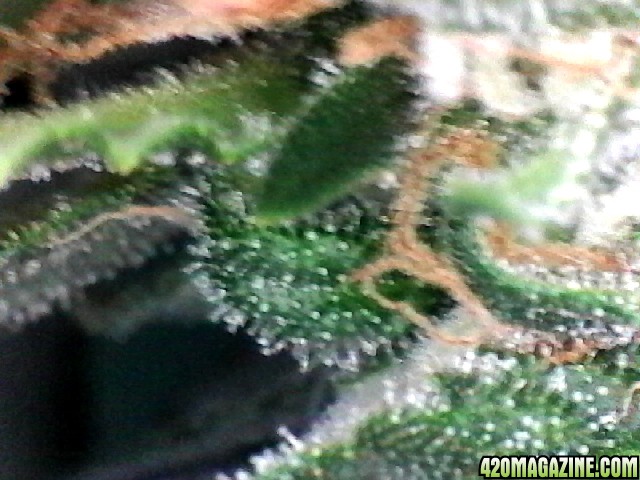evoinexile
New Member
I think you will be ok triming fan leaves around the buds. I have removed whole branches and the plant seemed to do fine.I removed them as they had mold issues. Pot is a hardy plant by nature and i'm sure could survive some pruneing on your part.Now some will say "No Way" ,your messing with lite obsorbing issues....May be,may be ?? but how much harm would it do?? You hear alot about trimming,Time of day to harvest and u name it , but to tell you the truth.......i no know !!! haha Anyway i think you will be fine taking of some "sucker leaves" as we used to call them ..... from around the buds. Now ..Where do you cut the leaves ??? Even that is up for debate...Some say to cut close to the main stalk as that will lessin the chance of mold starting on the dead stem.... I have cut them a 1 1/4" from the stalk.it dried back and easly broke off... so .......i'm sure the strain has lots to do with it as well....ANYWAY ...sorry for ramblin along,But I'm a Ramblin kind a guy ..haha. So have fun with your garden ,don't sweat it too much and live and learn....about everything !!! By the way ...Good lookin plants...You do have a fan going in there ? Thats a must in my neighborhood anyway ..Happy Hemping ,Red Ps.I'd cut off the yellow ones just so it will look better overall,, haha,I do it..I used to worry about the yellow leaf here and there .i was told that u shouldn't worry about the older fan leaves and worry about the new growth.... man will this guy ever quit ???
thanks , but still wondering do i have to harvest the whole plant? or just the top area and let the bottom buds grow?







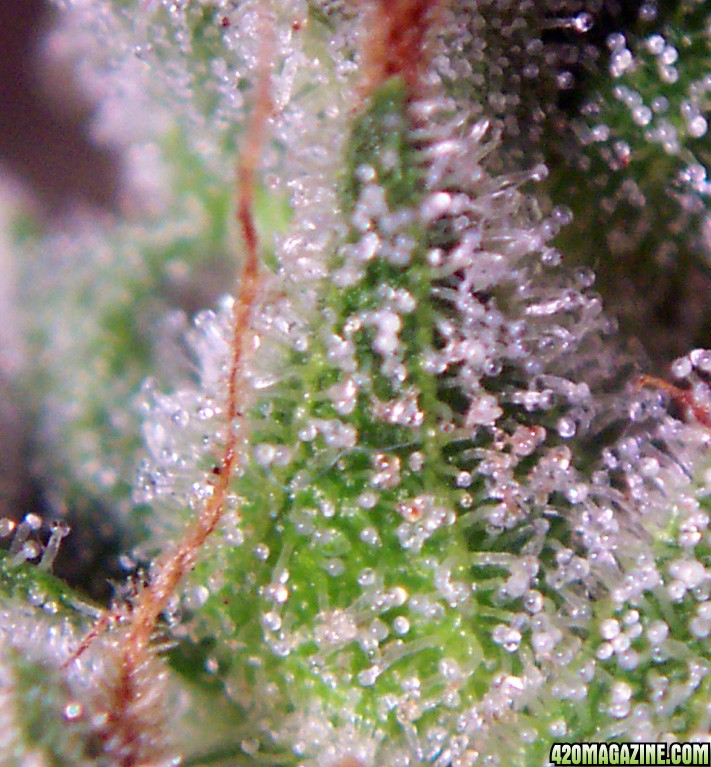
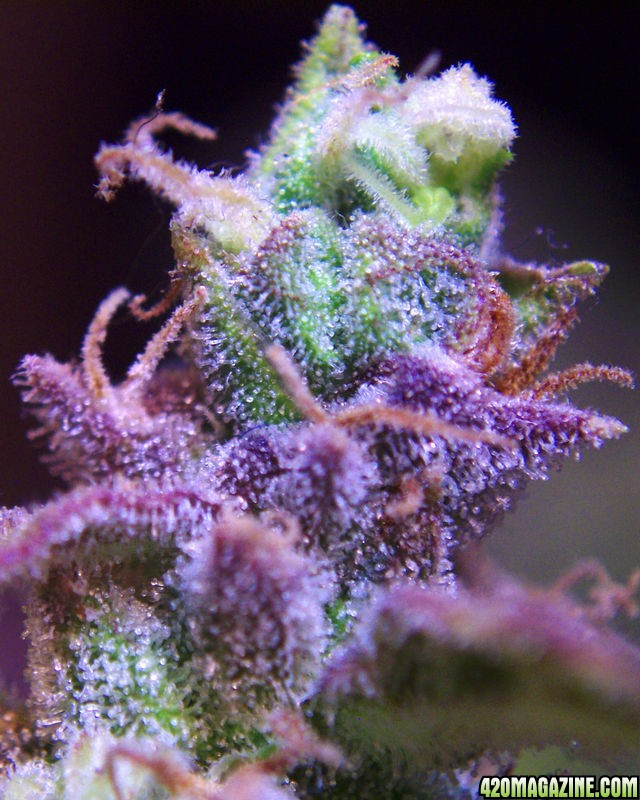
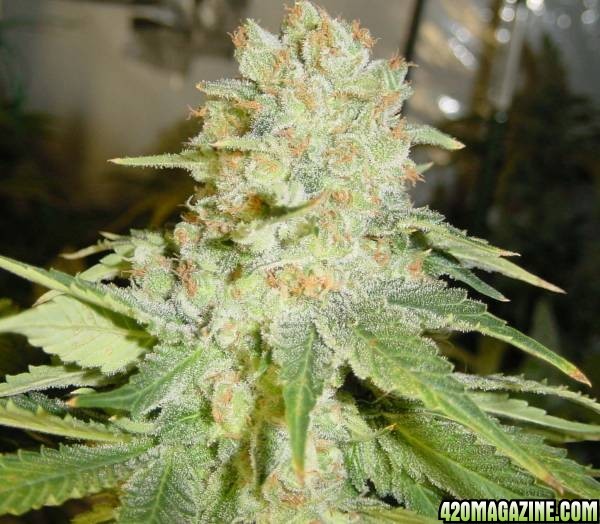



 #doge
#doge